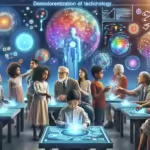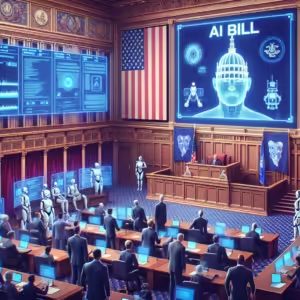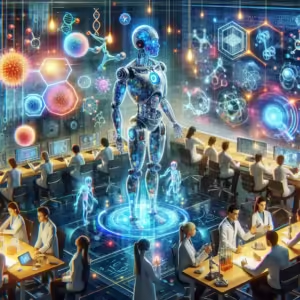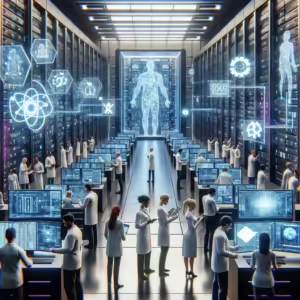How AI is Revolutionizing the Creative Landscape for Noncoders
Artificial Intelligence (AI) is democratizing the field of technology, enabling individuals with no coding skills to bring their innovative ideas to life. One of the significant advancements in this space is the concept of “Vibe Coding.” This transformative approach empowers noncoders to achieve their creative visions, thus bridging the gap between technology and creativity.
What is Vibe Coding?
Vibe Coding refers to an intuitive way of interacting with AI models through natural language prompts, making it accessible to people without any technical background. By translating everyday ideas into actionable AI prompts, anyone can engage with complex systems and execute projects—from developing apps to creating digital art.
The rise of AI tools that facilitate Vibe Coding represents a paradigm shift in how technology can be used:
– They enable individuals to focus on creativity rather than on technical execution.
– They lower the barrier to entry for innovation across various sectors.
– They support rapid prototyping and iteration, enabling faster realization of ideas.
The Impact of AI on Creative Industries
The influence of AI on creative industries is vast and unprecedented. By enabling noncoders to participate in tech-driven creation, AI is driving innovation and fostering a culture of inclusivity. Here’s how AI is transforming different creative sectors:
1. Digital Art and Design
Generate Intricate Artwork: AI-powered platforms allow artists without technical expertise to create intricate digital designs. With precise AI algorithms, even a novice can produce complex, aesthetically pleasing artwork.
Customization Made Easy: AI tools provide pre-set templates that can be customized using simple prompts, allowing users to tailor art to meet specific needs or artistic visions.
2. Game Development
Simplified Game Mechanics: With AI, the tedious process of coding game mechanics is greatly simplified. By using natural language prompts, game designers can focus more on the storyline and character development.
Enhanced Storytelling: AI models can generate dynamic narratives based on user inputs, offering a personalized gaming experience.
3. Content Creation and Journalism
Automation of Routine Tasks: AI takes on repetitive tasks like data sorting, allowing journalists to focus more on storytelling.
Augmenting Human Creativity: AI tools can suggest headlines, captions, and even content structure, sparking new ideas and enhancing the creative process.
Challenges and Considerations in AI-Driven Creation
While AI presents a plethora of opportunities, it’s crucial to understand the challenges and ethical considerations that come with this territory. Here are some key points to consider:
– Quality Control: AI-generated outputs might not always match human standards. Constant supervision and adjustments are necessary to maintain quality.
– Intellectual Property: Determining ownership of AI-generated content presents legal and ethical hurdles.
– Bias and Fairness: AI models can inadvertently replicate societal biases present in training data, necessitating ongoing efforts towards unbiased AI systems.
Real-World Applications of Vibe Coding
The application of Vibe Coding goes beyond creative fields, offering solutions to practical problems in various industries.
1. Education
Vibe Coding enables educators to create interactive learning modules without needing programming skills. This democratizes education technology, making it more inclusive and adaptable to various learning styles.
2. Healthcare
In healthcare, Vibe Coding can assist in developing intuitive applications for patient management and care, thereby streamlining operations and improving patient outcomes.
3. Business and Marketing
Empowering entrepreneurs, AI tools can analyze market trends and generate marketing strategies based on simple prompts, allowing businesses to pivot quickly in response to customer needs.
Future of AI and Noncoders
The future holds immense potential for AI-facilitated creativity among noncoders. As technology continues to evolve, we can foresee advancements in several areas:
– Enhanced Natural Language Processing (NLP): More refined NLP capabilities will provide even more intuitive user interfaces.
– Increased Collaboration: AI tools will enable collaborative projects across various locations, bringing together diverse skills and perspectives.
– Greater Accessibility: Continuous improvements in user interfaces will make AI-driven tools even more accessible to individuals with disabilities.
Conclusion
As AI technology advances, it empowers more individuals to transform ideas into reality, without needing technical expertise. The concept of Vibe Coding plays a pivotal role in this evolution, enabling noncoders to engage in dynamic and creative processes. Embracing AI-driven innovations thoughtfully and responsibly will ensure that it continues to foster inclusivity, creativity, and progress in our modern world.








